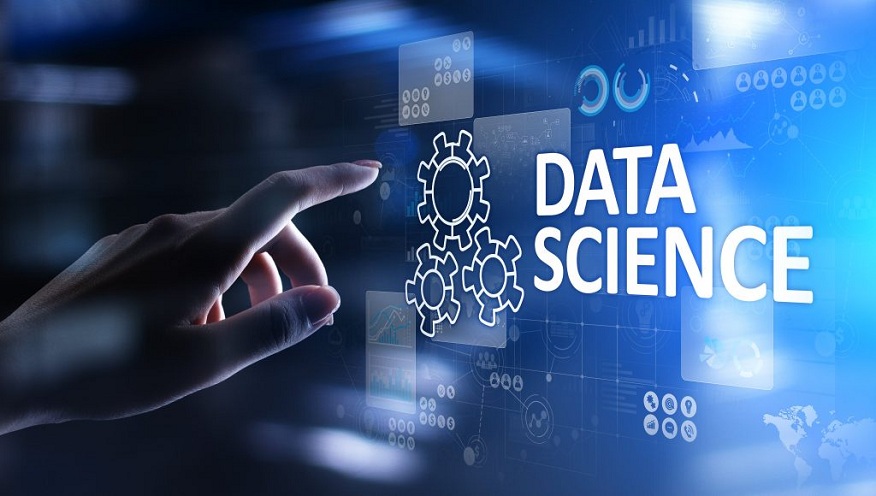A Deep Dive into Machine Learning Algorithms
Exploring the Realm of Machine Learning Algorithms
One of the most transformational branches in artificial intelligence – machine learning, is also involved in how we approach and understand colossal amounts of data offering automated answers to issues across different fields. The basis of machine learning is algorithms—sequences of rules and commandments that allow computers to learn from data. These algorithms are essential for candidates in the AI and machine learning area to understand. These topics are covered in detail by more extensive Data Science Course, which provide a detailed overview of the various machine learning algorithms..

Categorizing Machine Learning Algorithms
Supervised Learning Algorithms: Learning with Guidance
Supervised learning involves training models on labeled data, allowing them to make predictions or decisions autonomously. Key supervised learning algorithms include:
- Linear Regression: Predicts a continuous output.
- Logistic Regression: Ideal for binary classification.
- Decision Trees: Suitable for both classification and regression, offering a tree-like decision model.
- Random Forest: An ensemble approach utilizing multiple decision trees.
- Support Vector Machines (SVM): Efficient in high-dimensional spaces for classification and regression.
Understanding these algorithms begins with a solid foundation in Data Structures and Algorithms (DSA). DSA Course are available to master DSA and its application in machine learning.
Unsupervised Learning Algorithms: Discovering Hidden Patterns
In unsupervised learning, algorithms are trained on unlabeled data to uncover hidden structures. Prominent unsupervised learning algorithms include:
- K-Means Clustering: Identifies data clusters.
- Hierarchical Clustering: Creates a tree of clusters.
- Principal Component Analysis (PCA): Reduces data dimensionality.
- Autoencoders: Focus on learning efficient data representations.
- Gaussian Mixture Models: Models normally distributed subpopulations probabilistically.
Reinforcement Learning Algorithms: Learning Through Interaction
Reinforcement learning involves algorithms learning decision-making through environment interaction. Essential reinforcement learning algorithms are:
- Q-Learning: A model-free algorithm.
- Deep Q Network (DQN): Merges Q-learning with deep neural networks.
- Policy Gradients: Focuses on learning a policy function.
- Monte Carlo Methods: Utilize sample return averaging.
- Temporal Difference (TD) Learning: Combines Monte Carlo methods with dynamic programming.
Selecting the Right Machine Learning Algorithm
Choosing an algorithm depends on problem nature, data size and type, and desired tasks. Considerations include accuracy, training time, interpretability, and complexity.
The Role of Full Stack Development in Machine Learning
The complete stack development in Machine learning includes front and back-end developer’s skills with the machine learning skill set. User interfaces, server-side operations and sophisticated machine learning algorithms are formidable tasks taken even in their stride by professionals of this kind. Complete Full Stack Developer Course, such as Logicmojo’s courses, address the implementation of full stack skills in machine learning. These professionals fill the gap between machine learning tools and web platforms by failing to integrate AI features smoothly into web technologies.
Machine Learning Algorithms in Action
Machine learning algorithms have a wide range of applications:
- Healthcare: Disease prediction and diagnosis.
- Finance: Risk assessment and algorithmic trading.
- Retail: Customer segmentation and recommendation engines.
- Manufacturing: Predictive maintenance and quality control.
- Transportation: Route optimization and autonomous vehicle technology.
Advanced Topics in Machine Learning
Deep Learning
Deep learning is a type of machine learning that imitates the neural networks in human brains. It is best at handling large datasets that require the completion of intricate tasks, including image and speech recognition. Therefore, learning about deep learning with distributed system technology is important for comprehending ML/AI. System Design Course offer a detailed study of these technologies.
Transfer Learning
Transfer learning involves adapting a pre-trained model to a new but similar problem, especially useful where data is limited.
Federated Learning
This approach trains machine learning models in a decentralized way, keeping data on the user’s device and aggregating only model learnings to enhance privacy and security.
Explainable AI
Explainable AI aims to make AI decision-making transparent and comprehensible, vital for sensitive areas like healthcare and legal sectors.
Conclusion
The landscape of machine learning algorithms is vast and continually evolving. Gaining a deep understanding of these algorithms and their real-world applications is essential for leveraging AI to address complex challenges.



